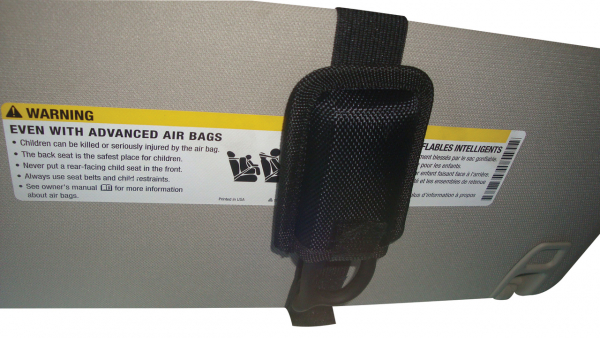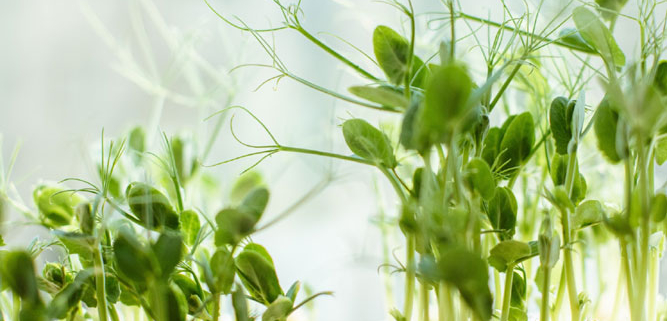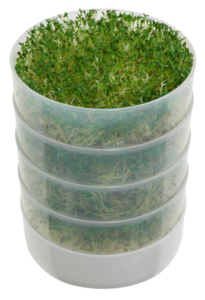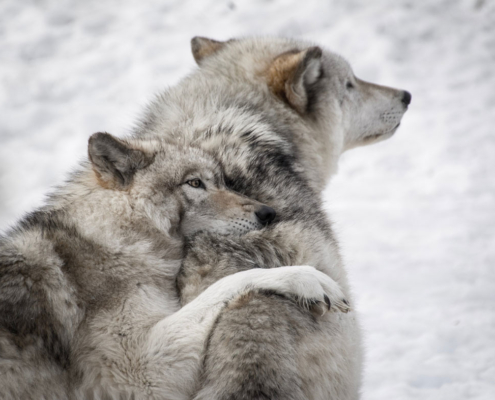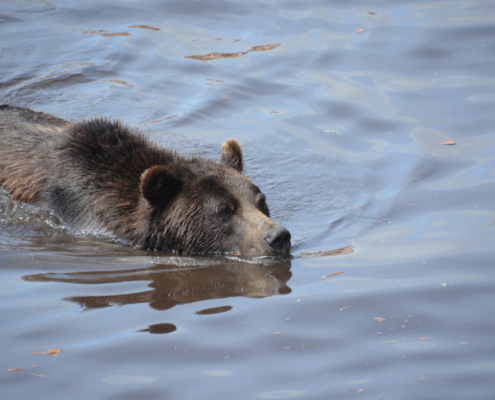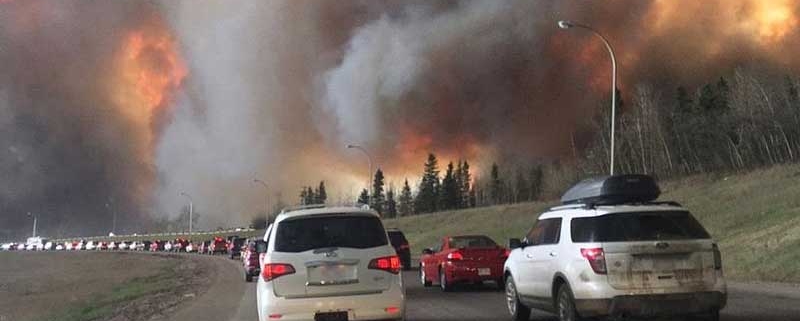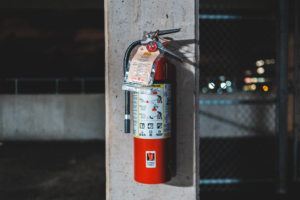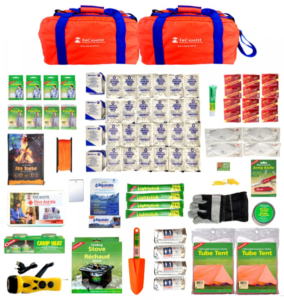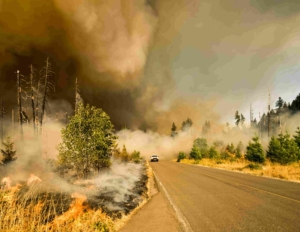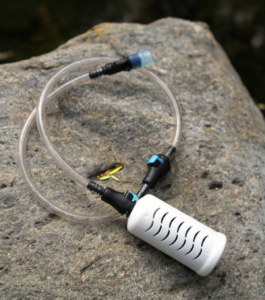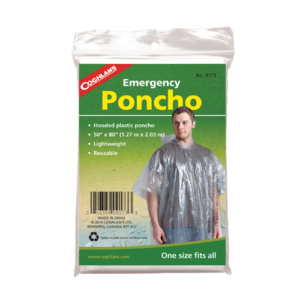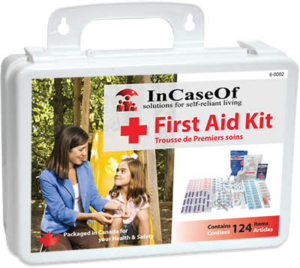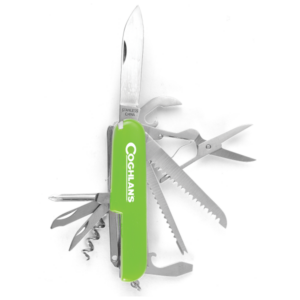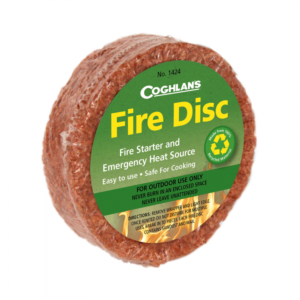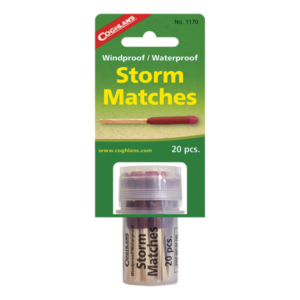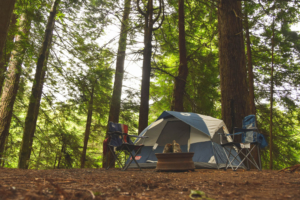Demystifying Laws and Bylaws in Canada: Understanding the Legal Framework
In Canada, laws and bylaws serve as components of the legal framework at different levels of government. Both laws and bylaws aim to maintain order and ensure compliance with rules. They differ in scope, jurisdiction, and enforcement. First let me simply outline the 3 main tiers of government:
- Federal Government:
- The federal government, based in Ottawa, is responsible for matters that affect the entire country.
- It oversees areas such as national defense, foreign affairs, immigration, criminal law, currency and banking, and international trade.
- The federal government is headed by a Prime Minister and Parliament, consisting of the House of Commons and the Senate.
- Provincial and Territorial Governments:
- There are 10 provinces and 3 territories in Canada, each with its own government.
- Provincial and territorial governments have authority over areas such as education, healthcare, transportation, natural resources, and civil law.
- They are responsible for administering and delivering services to residents within their respective jurisdictions.
- Each province and territory has its own Premier and Legislative Assembly or Legislative Council.
- Municipal Governments:
- Municipalities are local governments responsible for specific geographic areas, such as cities, towns, villages, and rural municipalities.
- Municipal governments have jurisdiction over local matters, including land use planning, zoning, waste management, local roads and infrastructure, and recreation.
- They are governed by municipal councils or boards and headed by mayors who are elected by residents of the municipality.
These three levels of government operate independently of each other but do collaborate on issues of mutual interest. The division of powers between these governments is outlined in the Constitution Act, 1867 (formerly known as the British North America Act), which establishes the framework for Canada’s federal system of government.
Laws:
Laws (statutes or legislation) are formal rules established by governments that apply uniformly across the entire jurisdiction. They are enacted through legislative processes, such as parliamentary or provincial assembly debates and voting.
Examples of Federal laws in Canada include:
- Criminal Code of Canada: Covers a wide range of offenses including assault, theft, fraud, and homicide. It establishes the framework for investigating and prosecuting crimes.
- Canada Health Act: Sets out the principles and criteria for publicly funded health care in Canada. It ensures that Canadians have access to essential health services without financial barriers and establishes standards for provincial health insurance plans.
- Canadian Charter of Rights and Freedoms: Part of the Constitution of Canada: the Charter guarantees fundamental rights and freedoms to all Canadians. This includes freedom of expression, equality rights, and the right to a fair trial. It serves as a cornerstone of Canada’s legal system, protecting individuals from government infringement on their rights.
- Note: “Rights” and “opinions” are not the same thing
Bylaws:
Bylaws are local regulations of municipal governments to govern within their jurisdiction. This includes property use, public safety, and community standards. They derive authority from provincial legislation and apply within the boundaries of the municipality that enacted them.
Examples of bylaws in Canada include:
- Zoning Bylaws: Municipalities use zoning bylaws to regulate land use and development within their boundaries. These bylaws designate different zones for residential, commercial, industrial, and recreational purposes. They specify permitted land uses, building heights, setbacks, and other zoning regulations.
- Noise Bylaws: Many municipalities have noise bylaws in place to regulate noise levels and hours of operation for various activities, including construction, commercial operations, and outdoor events. These bylaws aim to minimize noise disturbances and maintain quality of life for residents.
- Animal Control Bylaws: There are bylaws governing the keeping, licensing, and control of domestic animals within their jurisdiction. These bylaws may include regulations on pet licensing, leash requirements, pet waste disposal, and prohibitions on dangerous or exotic pets.
Key Differences:
- Jurisdiction: Laws are enacted by federal or provincial governments and apply uniformly across the entire jurisdiction (area), while bylaws are enacted by municipal governments and apply exclusively within their boundaries.
- Scope: Laws address broad legal principles and issues of national or provincial significance, such as criminal law, health care, and human rights, whereas bylaws focus on specific local matters, such as land use, noise control, and animal regulation.
- Enforcement: Laws are enforced by federal or provincial law enforcement agencies, such as the Royal Canadian Mounted Police (RCMP) or provincial police forces, whereas bylaws are enforced by municipal bylaw enforcement officers or local police within the municipality’s jurisdiction.
In summary, while laws establish overarching legal principles and standards at the federal and provincial levels, bylaws provide regulations tailored to address local needs and circumstances within municipalities. Understanding the distinctions between laws and bylaws is essential for navigating Canada’s legal landscape and ensuring compliance with applicable rules and regulations at all levels of government.










 specific camping needs. Are you backpacking or car camping? How many people will be using the tent? What age of people will be using the tent? What weather conditions do you expect to encounter? These factors will help you narrow down your options.
specific camping needs. Are you backpacking or car camping? How many people will be using the tent? What age of people will be using the tent? What weather conditions do you expect to encounter? These factors will help you narrow down your options. weatherproof coatings to keep you dry and protected in inclement weather.
weatherproof coatings to keep you dry and protected in inclement weather.
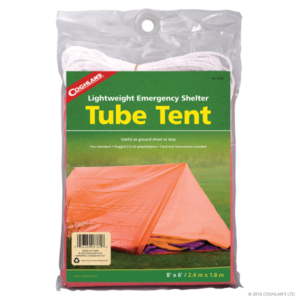

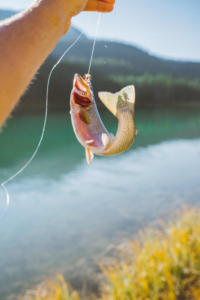 fisheries and aquaculture operations that provide protein-rich seafood for human consumption.
fisheries and aquaculture operations that provide protein-rich seafood for human consumption.

